ATSB reveals ‘likely’ cause of fatal Outback Wrangler chopper crash that killed Netflix star Chris Wilson
The ATSB has released its findings into the fatal NT chopper crash that killed Netflix star Chris Wilson, prompting a tearful response from the man at the centre of the case | WATCH
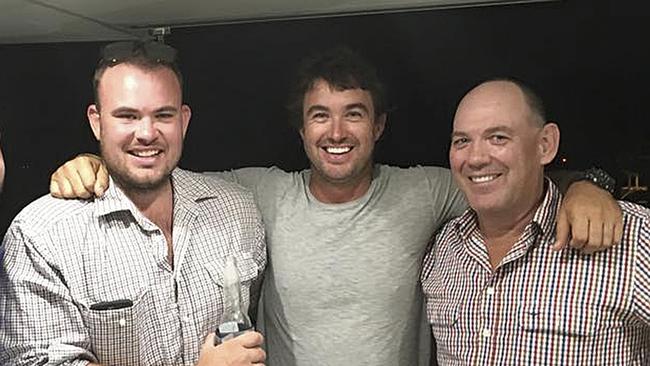
The national transport safety watchdog has released its shock findings into the fatal Northern Territory chopper crash that killed Netflix star Chris Wilson during a crocodile egg collecting mission last year.
The Australian Transport Safety Bureau this morning published its damning 113-page final report into the accident, finding that the helicopter – owned by celebrity croc-wrangler Matt Wright – “likely” collided with terrain on the morning of February 28, 2022, due to fuel exhaustion.
The ATSB also identified serious “safety issues” involving Wright’s company Helibrook and the Civil Aviation Safety Authority which were “contributing factors” to the crash.
Wilson – who starred alongside Wright in reality television shows including Outback Wrangler and Wild Croc Territory – was slinging beneath the helicopter when it crashed, soon after taking off from a clearing, on the King River, in a remote part of West Arnhem Land.
Pilot Sebastian Robinson, who was flying the Robinson R44 Raven II helicopter, registered VH-IDW, suffered severe spinal injuries.
The 30-year-old, who is also an aircraft engineer, had about 2500 hours of flying experience and held a class 1 aviation medical certificate with no restrictions at the time of the crash.
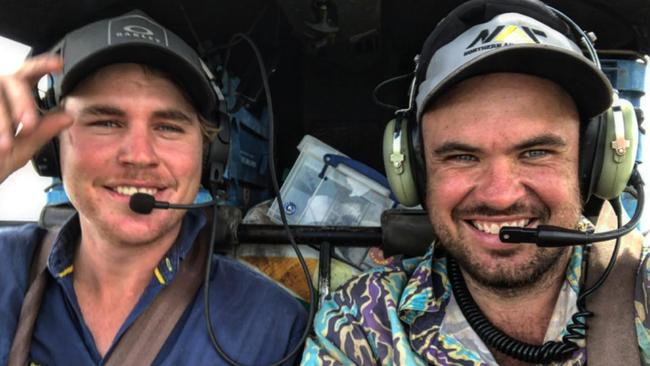
The ATSB says the helicopter was “likely not refuelled” at a fuel drum site where the three crews on the egg collecting mission landed to refuel, before flying the final 20 minutes to the King River staging area, from which they set off to harvest their allocated crocodile nests.
“Following likely not refuelling at Mount Borradaile, the pilot did not identify the reducing fuel state before the helicopter engine stopped, probably due to fuel exhaustion,” the report said.
“During the autorotation, the pilot released the egg collector above a likely survivable height, resulting in their fatal injuries.
“The pilot continued the autorotation to the ground but there was insufficient main rotor energy to cushion the landing, resulting in serious injuries to the pilot and substantial damage to the helicopter.”
In ATSB reports, the probability expression “likely” means there is a more than 66 percent “chance that something was true, occurred, influenced something else or was a contributing safety factor”.
The fuel exhaustion finding directly contradicts the account of egg collector Tim Luck who told The Australian that he vividly remembered filling up the chopper’s fuel tank at Mount Borradaile himself just 20 minutes before the crash.
The ATSB also identified two safety issues – involving Helibrook and the Civil Aviation Safety Authority – which contributed to the crash.
“Helibrook’s approved safety management system was not being used to systematically identify and manage operational hazards,” the report said.
“As a result, risks associated with conducting human external cargo operations such as carriage of the egg collector above a survivable fall height were not adequately addressed.”
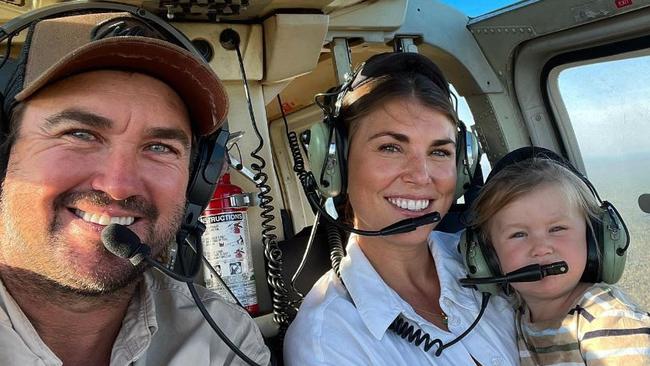
The crocodile harvesting operation was conducted under a CASA instrument granted to Wright, which authorised the pilot to carry an egg collector on a 100 ft line attached to the helicopter.
“CASA did not have an effective process for assuring an authorisation would be unlikely to have an adverse effect on safety,” the report said.
“As a result, CASA delegates did not use the available structured risk management process to identify and assess the risks, ensure appropriate and adequate mitigations were included as conditions of the approval, or assess the effects of changes on the overall risk.
“CASA’s lack of effective process for assuring an authorisation would be unlikely to have an adverse effect on safety resulted in the removal of height, speed, and exposure limits, which permitted carriage of the egg collector above a survivable fall height.”
The Australian has previously revealed that before the fatal crash, CASA delegates removed a crucial height restriction from the crocodile egg collecting authorisations, without conducting a risk assessment, making it easier for someone slinging beneath a helicopter to be killed in the event of engine failure.
In addition to the above contributing factors, the ATSB identified “other factors that increased risk”.
“CASA’s lack of effective process for assuring an authorisation would not have an adverse effect on safety resulted in the continued operation of piston engine helicopters for human sling operations without adequate mitigations and the issue of a 3-year instrument to Helibrook shortly prior to the commencement of improved regulations, which would require a turbine engine helicopter for human slinging operations,” the report said.
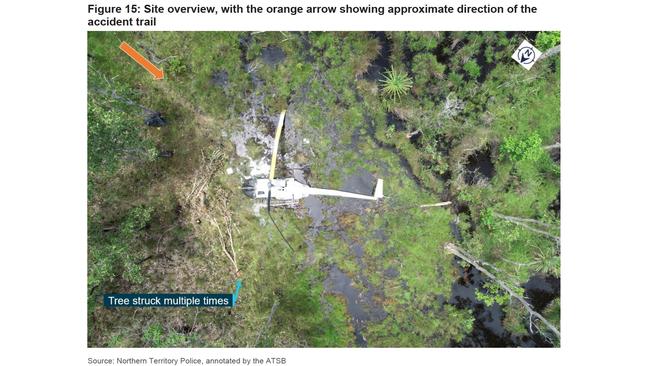
The ATSB said that although not likely to result in sudden power loss, engine defects present at the time of the accident – including low compression in one cylinder and valve clearances out of service limits – likely affected the engine’s maximum power output and fuel consumption.
“Helibrook had likely overrun the helicopter’s maintenance, inspection and overhaul periods, which increased the likelihood of the helicopter experiencing a technical failure or malfunction,” the report said.
“The helicopter’s emergency locator transmitter had been removed from its mount prior to the accident. Therefore, it could not activate automatically, which likely delayed the emergency response.”
The ATSB said that very low levels (less than 0.01 mg/L) of cocaine metabolites were detected in the pilot’s toxicology results, indicating that he may have been exposed to cocaine in the four days prior to the accident, but that there was no evidence that this contributed to the crash.
The report says that a blood sample was taken from Mr Robinson when he arrived at Royal Darwin Hospital almost eight hours after the crash.
“Toxicology results from the sample identified several substances administered by CareFlight and Royal Darwin Hospital medical staff,” it said.
“Additionally, the results detected 2 metabolites of cocaine – ecgonine methyl ester and benzoylecgonine – at low levels (less than 0.01 mg/L).
“Cocaine itself is generally detectable in blood tests for up to 1–2 days after exposure and was not detected in the pilot’s blood.
“The detected levels indicated the pilot had not been exposed to cocaine within the previous 24 hours and may not have been affected by cocaine on the accident day.
“There was insufficient evidence to enable an assessment of whether the drug contributed to the development of the accident.”
Mr Robinson told the ATSB he had not used cocaine.
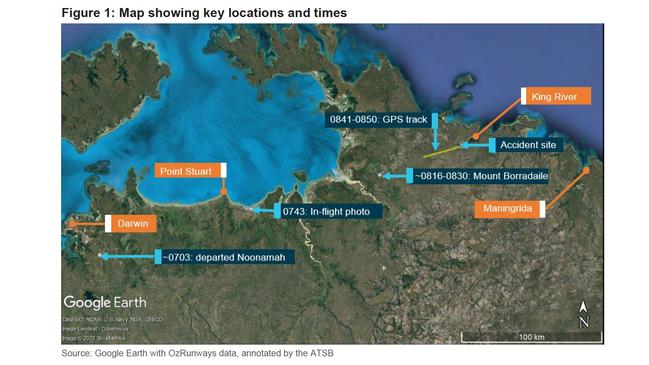
In August the ATSB’s draft report into the crash was distributed to directly involved parties, who then had an opportunity to make submissions about its findings and provide information about safety actions they had taken.
CASA submitted that the regulator had “implemented significant changes” and revised its documented regulatory exemption process since the crash.
“CASA did not accept the safety issue and contended that its process of risk assessment and decision-making in relation to the conduct of HEC operations in piston engine helicopters appropriately identified and mitigated the applicable risks as far as practicable,” the ATSB said.
“However, CASA acknowledged that its decision-making in relation to the issue of HEC approvals over time, and the applicable risk assessments could have been better documented.
“CASA also accepted that there was an absence of a structured and standardised approach to risk assessment and advised of the following proactive safety action.”
CASA today released a statement in response to the ATSB report.
Chief Executive Officer and Director of Aviation Safety, Pip Spence, said that CASA “assesses applications from operators and considers the actions that they will take to mitigate the identified risks prior to approving any activity”.
“The report also made a finding that CASA could have better documented our decision making, and the internal risk management methodology we use when considering applications from operators,” she said.
“That finding has now been addressed and closed.
“CASA’s assessment on the reliability of the helicopter hook led to a height limitation being imposed. Once the hook was assessed and approved, the height restriction was removed.”
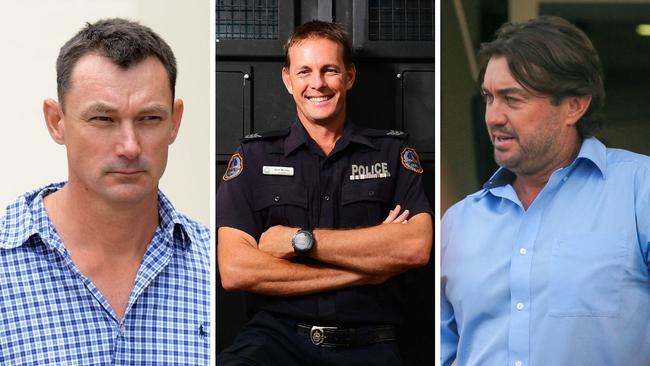
Since the accident, Helibrook has ceased operating.
“They further advised that their helicopter fleet was being sold and the chief executive officer/chief pilot was no longer involved with the operation,” the ATSB said.
After the report was published on Wednesday, Wright shared a video on social media expressing shock at the findings.
“We were devastated at the time when Willow was killed and now double devastated to find out the helicopter had run out of fuel while slinging Willow,” he said.
“Not only that but to also find out there was also cocaine derivatives in the pilot’s blood.
“My stance on drugs has been pretty strong – not doing them, not having any of my guys doing them – and to find this out has blown me away.
“If I had known he wouldn’t have been flying Willow nor would he have been flying any of our machines.”
Wright also said, through tears, that the investigation had unfairly been focussed on him.
“Nothing’s gonna bring our mate back but I hope this report does bring some closure on how this accident happened. Doesn’t make it any easier,” he said.
“The focus of this investigation has been about Willow and myself because we’ve been on TV but not about the cause of the accident.
“Anyway, that’s my take on it.”
Meanwhile, police investigations concerning the status of evidence at the crash site are ongoing.
Mr Wright, former NT police officer Neil Mellon and pilot Michael Burbidge – who first came across the crash – have been charged with serious offences including making false statements, destroying evidence and either conspiring or attempting to pervert the course of justice.
Mr Mellon and Mr Burbidge have not indicated how they will plead but Wright has consistently said that he will be pleading not guilty and strenuously defending the charges.
The three men, who are all on bail, will face a committal hearing next month.
The ATSB conducts independent ‘no-blame’ investigations for the purpose of improving transport safety and its findings are inadmissible in criminal and civil proceedings.
Multiple agencies including NT Police and NT WorkSafe continue to investigate the crash.

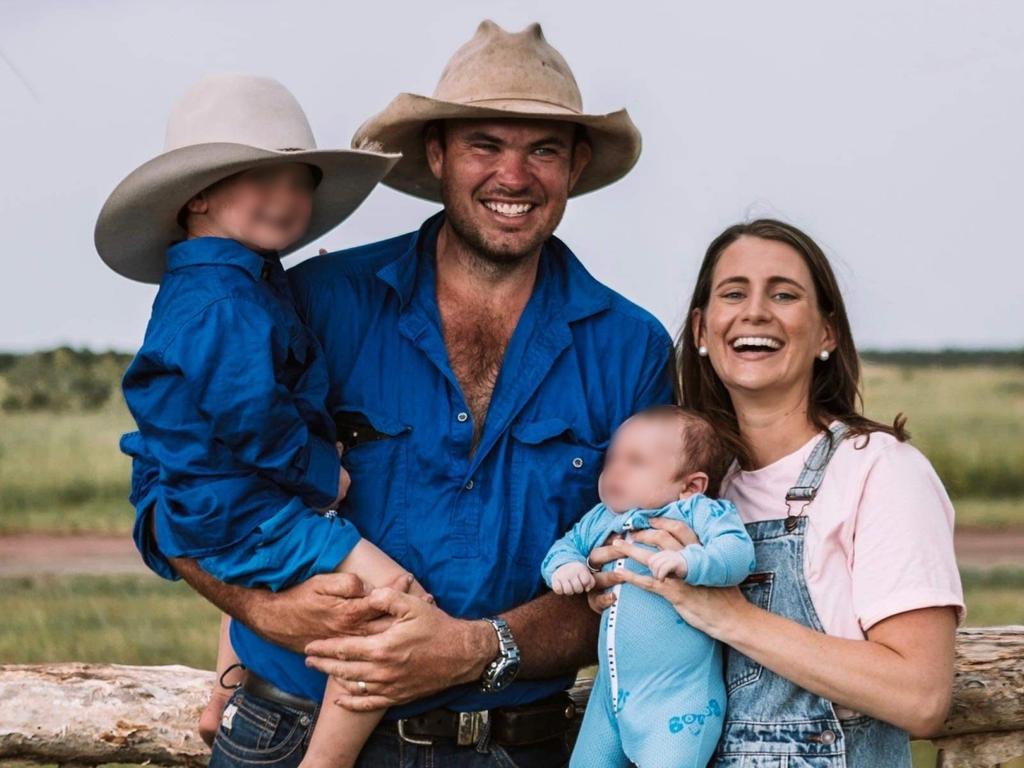
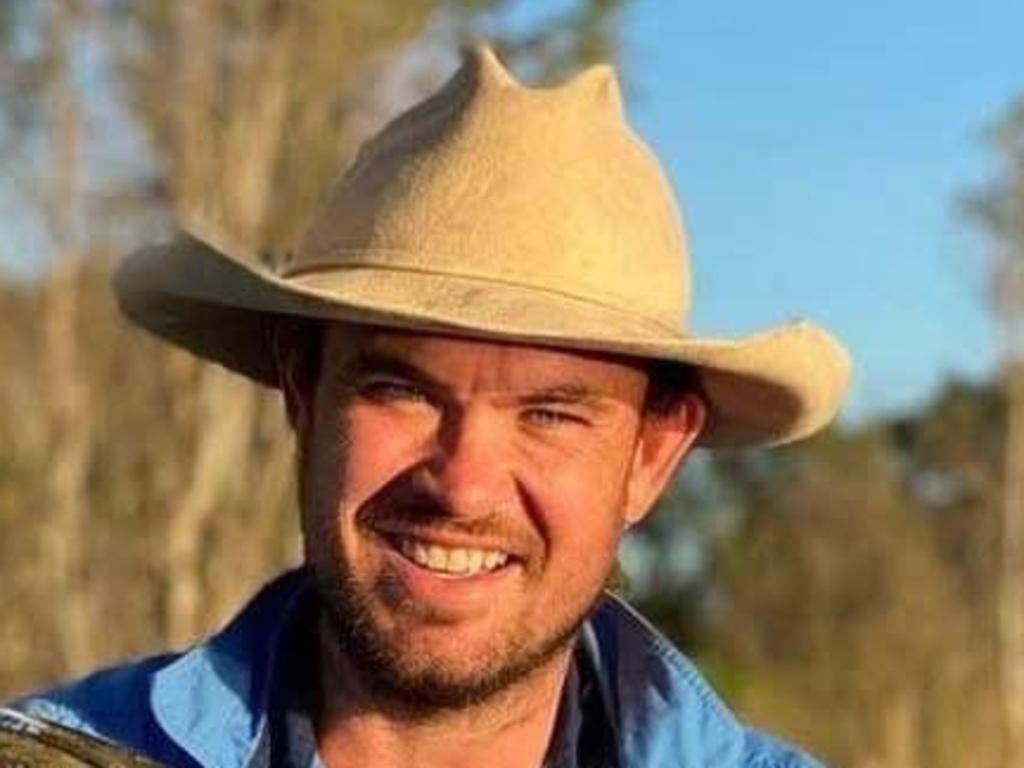




To join the conversation, please log in. Don't have an account? Register
Join the conversation, you are commenting as Logout